Tourist Attractions in Gabon
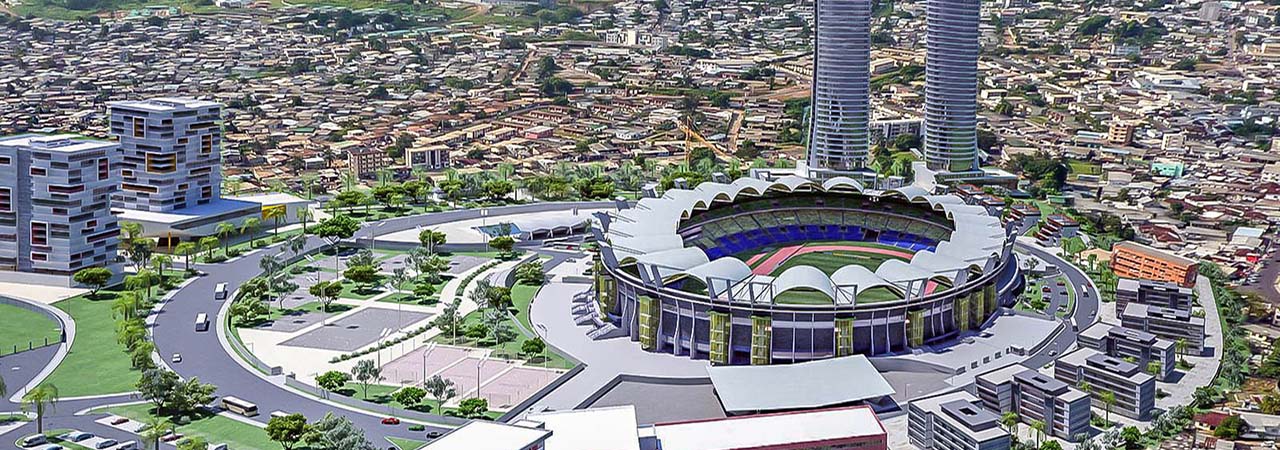

With a population of 1 995 659 inhabitants (2018) and a surface area of 257 667 km², Gabon is a country that is found in Central Africa. It is a coastal country located at the Gulf of Guinea and is bathed by the Atlantic Ocean. Gabon is a good country to spend a holiday with exceptional tourist attractions such as vast national parks with remarkable flora and fauna, gorgeous white and golden sandy beaches, breathtaking landscapes and a welcoming population. You can visit numerous magnificent tourist attractions, from the Saint-Michael’s church of Nkembo to the Mount Bouët market, the arts and traditions museum, the Sibang Arboretum, the Albert Schweitzer Museum, the Kongou waterfalls, and the Evengue island, just to name a few.
Pointe Denis Beach

It is located east of the Komo estuary, not far from Libreville. Pointe Denis is known for the beauty of its beaches. It is just thirty minutes accessible by boat or canoe from Libreville. It represents the beauty of Gabon in all its glory. Pointe Dennis has the most beautiful beaches in Gabon with extraordinary waves. The beaches are well maintained, the sea is pure with a breathtaking landscape, a paradise for visitors. The beaches are suitable for swimming, walks on the Atlantic coast, tanning and water sports. The beaches are surrounded by restaurants that offer delicious specialties of the region.
The Akanda National Park

The Arts and Traditions National Museum
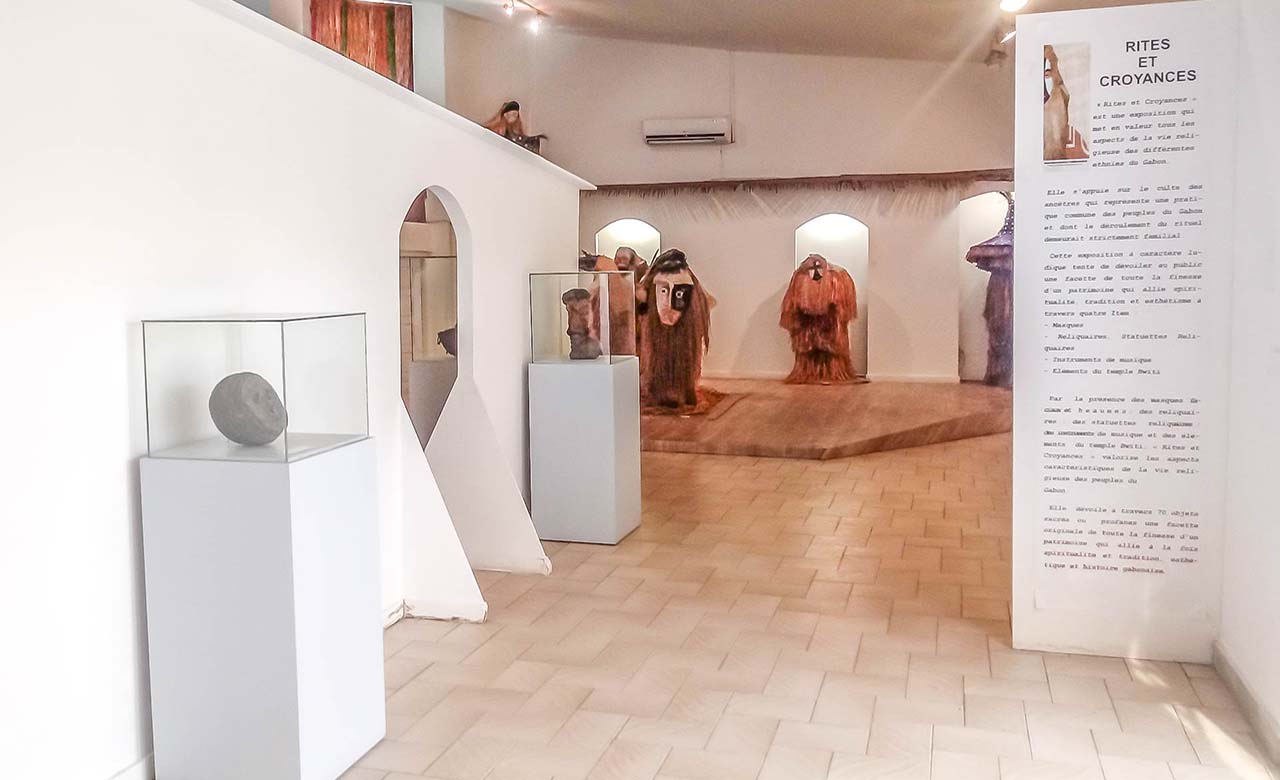
The Saint-Michael's Church of Libreville

Located in Libreville and built in 1964, St. Michael’s Church is one of the wonders of the city that attracts thousands of visitors from around the world. The peculiarity of this parish is that it was built with local materials, its pillars, its friezes above the lintels which represent scenes of the old as of the New Testament and the altar of the holy sacrament was sculpted by a Gabonese artist Zéphirin Lendogno. The beautiful statues of the Virgin Mary and Saint Michael at the main altar were made by Juan Ndong. The religious celebrations are simply extraordinary with a gaiety atmosphere whose songs in the Mongol language ensure the content.
The Angondje Stadium
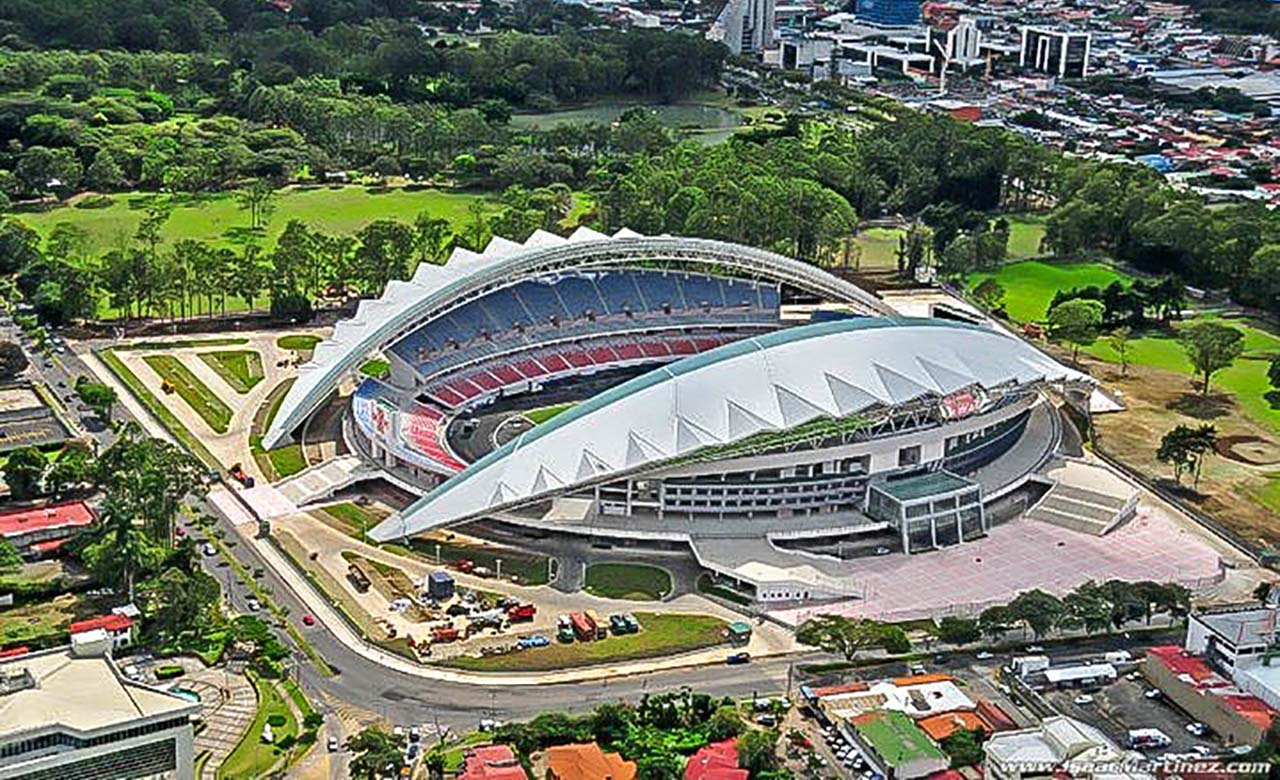
It is located in the northern outskirts of Gabon, in the Agondjé district. The Agondjé stadium was built between 2010 and 2011. It is the second-largest stadium in the country after the Omar-Bongo stadium. The originality of the stadium is its metal structure in a circular arc of 320 meters long. It covers an area of more than 36,000 m² and has 40,000 seats, seven ticket offices, an athletics track with international standards, a sports platform including handball, basketball, tennis, and volleyball courts, and a training ground. Apart from the football and athletic competitions, the stadium can accommodate other sporting events thanks to its area reserved for long jump and triple jump.
In addition, there is a building for training grounds, physical activities, parking garage, a fence, a pipeline, and a fire protection system. This stadium is a Gabonese jewel and a must-see attraction.
The French Institute
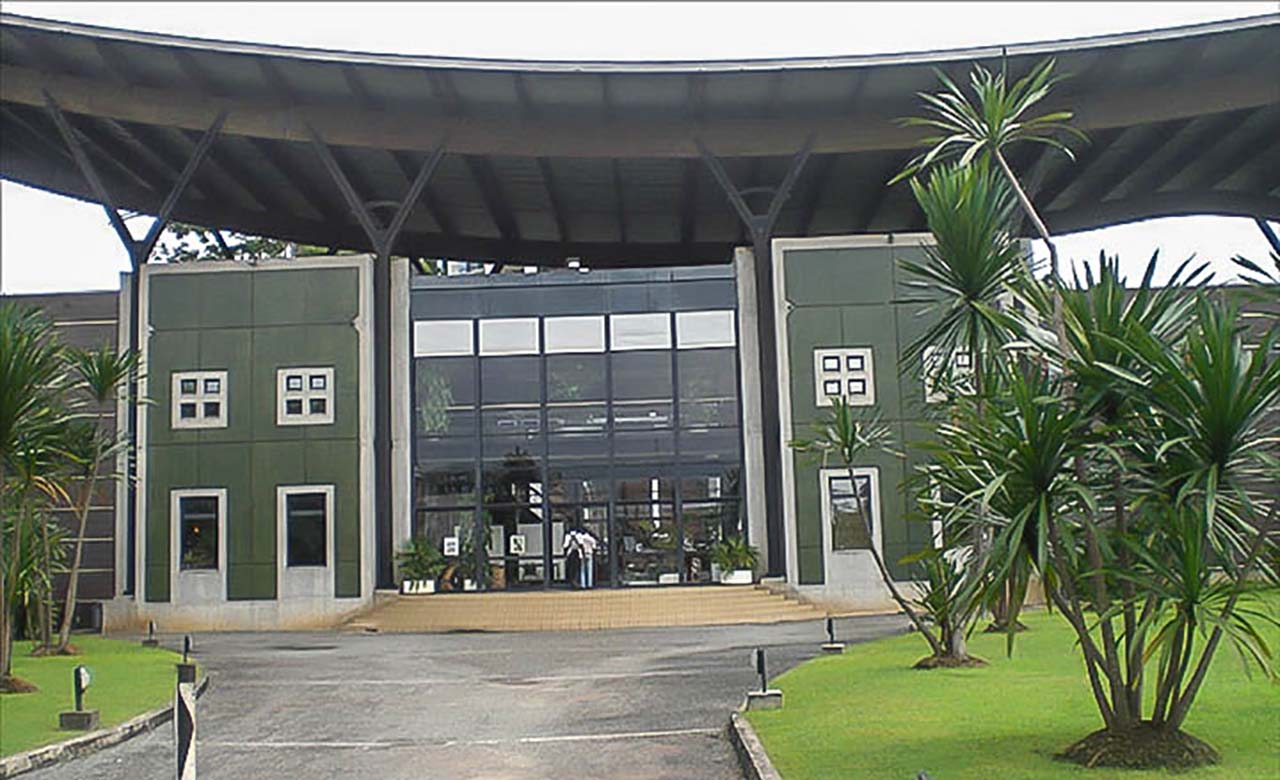
Located in Libreville, the political capital of Gabon, the French Institute was built in 1991 and officially inaugurated in 1994. In addition to French classes, the institute offers various cultural activities. The cultural institute promotes the local cultural scene, by organizing national, regional and local events. About 150 cultural events are offered annually and the institute also participates in external events, as part of the promotion of culture and exchanges between France and Gabon. The institute houses a library of about 30,000 books, a digital library, a cinema room, a 400-seat auditorium, a film library, and a national archive of 3,000 documentations on Gabon, a cybercafé
and a cafeteria. It welcomes between 5,000 and 6,000 people per month.
St. Peter's Cathedral
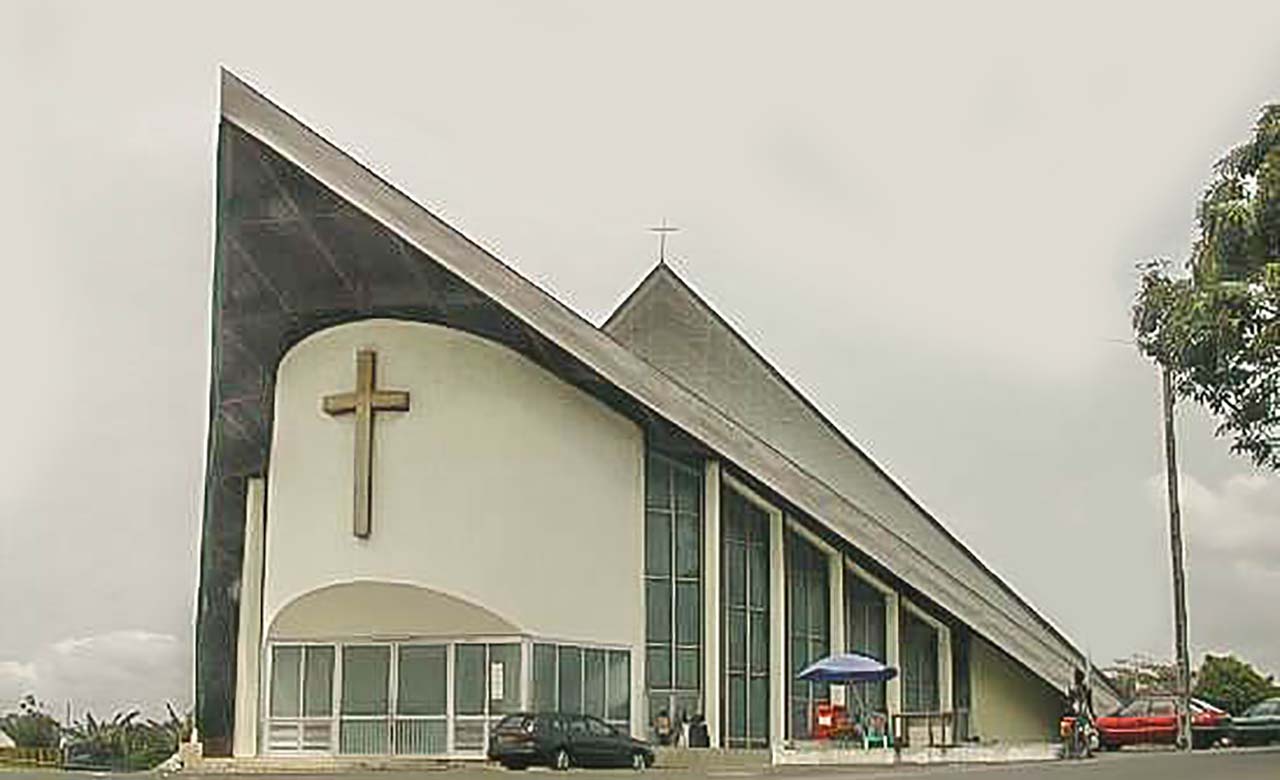
Located in Libreville, the St. Peter’s Cathedral is internationally renowned and appreciated for its architecture. It remains in the memory of those who visit it. Excellent, well organized and quiet, you will discover an unusual and exceptional architecture characterized by a sharp roof with sharp corners, which seems to protect the building as a shield. St. Peter’s Cathedral offers an excellent prayer setting for its followers. This wonderful cathedral is a must-see attraction in the Gabon capital.
The Sibang Arboretum

St. Mary's Cathedral

Located in Libreville, and built on the old Aumale fort site, the St. Mary’s Cathedral was built in 1958 and replaces the former Our Lady of Neiges church. It dominates the boulevard and has pretty stained glass windows. The Masses celebrated are often full, alive and punctuated with gospel. It is a beautiful gateway to discover the religious fervor of the Gabonese people.
Hassan II Mosque
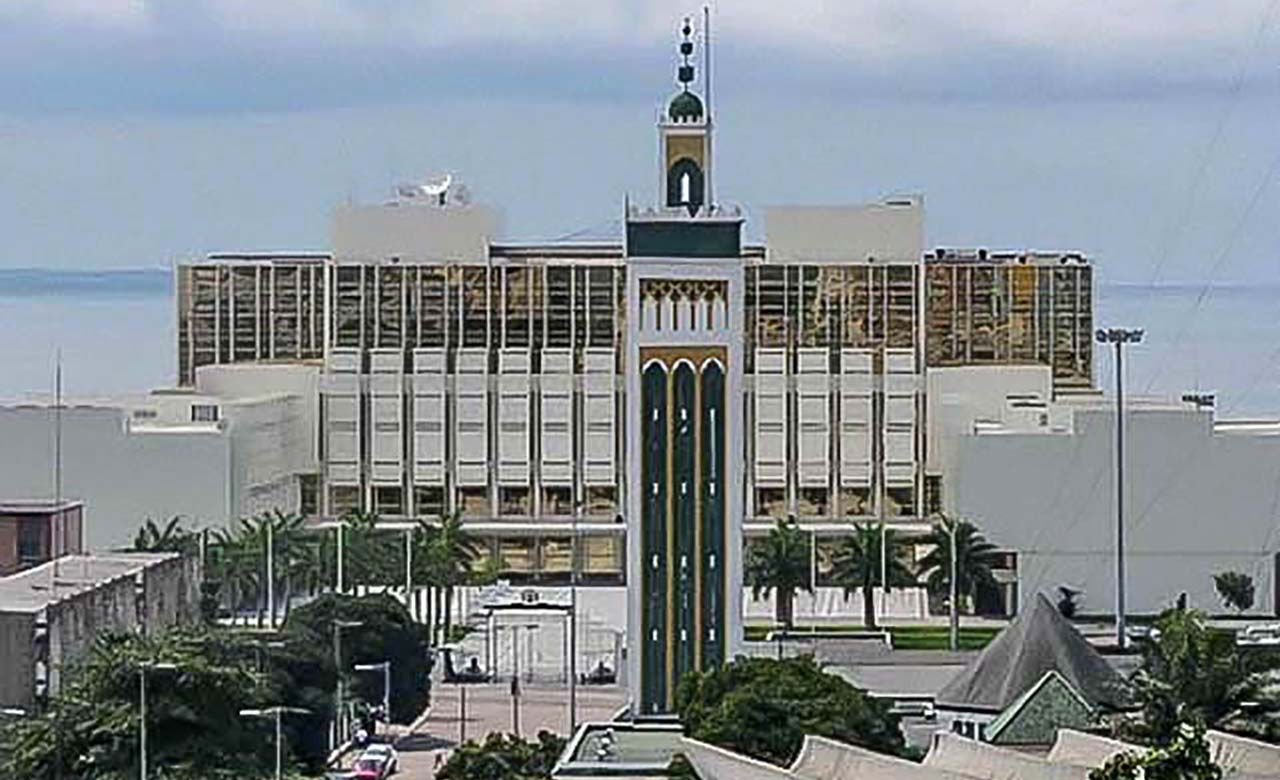
Leon Mba Memorial Foundation
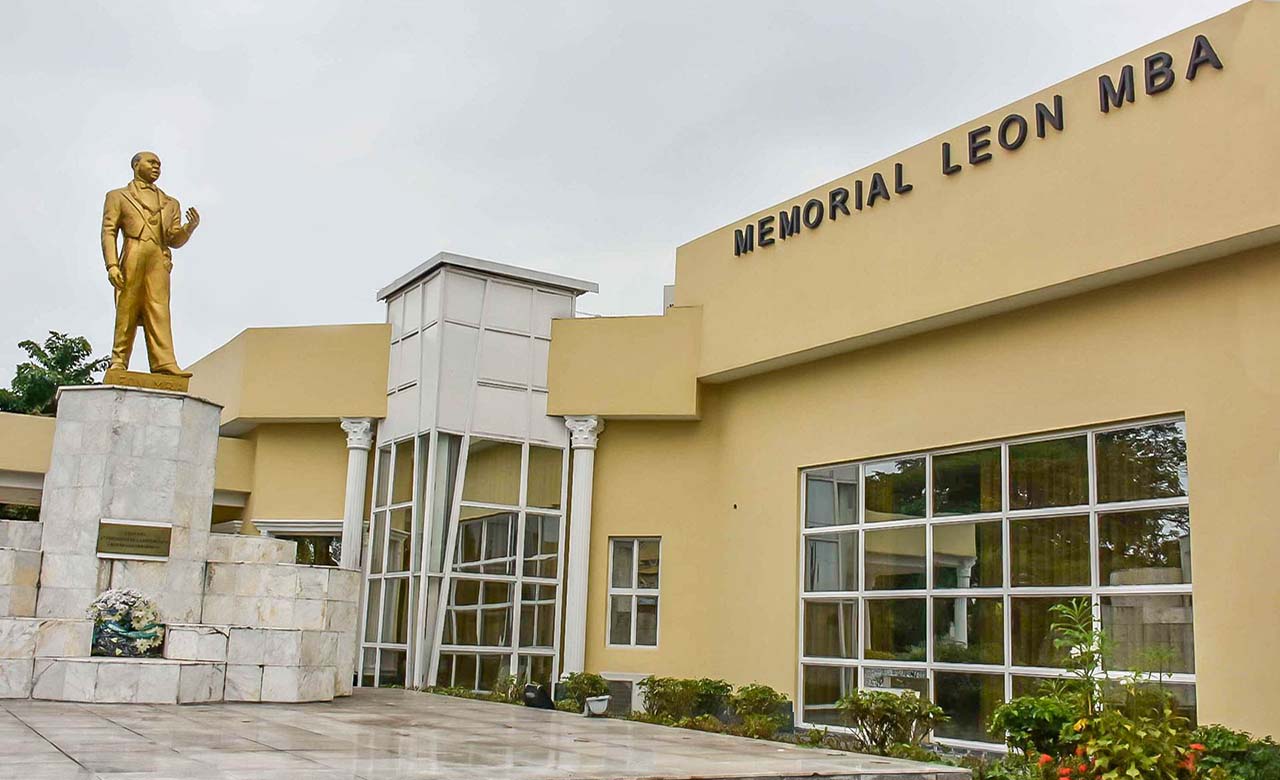
Located in Libreville and built on the initiative of President Omar Bongo Odimba, the Léon Mba Memorial Foundation was inaugurated and opened to the public on November 28, 2007. It was built in order to make known the history and the work of Léon Mba, the father of the Gabonese nation, who was the first mayor of the city Libreville and the first president of the Republic of Gabon. The foundation has become in a few months a real place of recollection and remembrance, and more especially the epicenter of the Gabon culture. The foundation offers visitors many services. It has a multimedia area, a library, a floral and botanical garden, and a movie projection room. Guided tours
are offered, guides explain to visitors the history of presidents Léon Mbar and Omar Bongo Odimba. Paintings, engravings and other objects are exhibited.
Aventure sans frontières (Adventure without borders)

Created in 1992, “Aventures sans Frontières” is an association whose goal is the research, conservation, protection and sustainable management of the natural wonders of Gabon with the involvement of the local people. This association has made it possible for some activities to be highlighted at the global level such as; the importance of the Gabon beaches for the reproduction of sea turtles and the importance of the Gabon littoral waters for the migration of marine mammals. In the year 2000, the association participated in the Protected Areas Assessment Program, which led to the classification of some national parks in Gabon such as the Akanda, Pongara and Mayumba
parks and several other protected areas in 2002.
The Democracy Hostel (Cité de la démocratie)
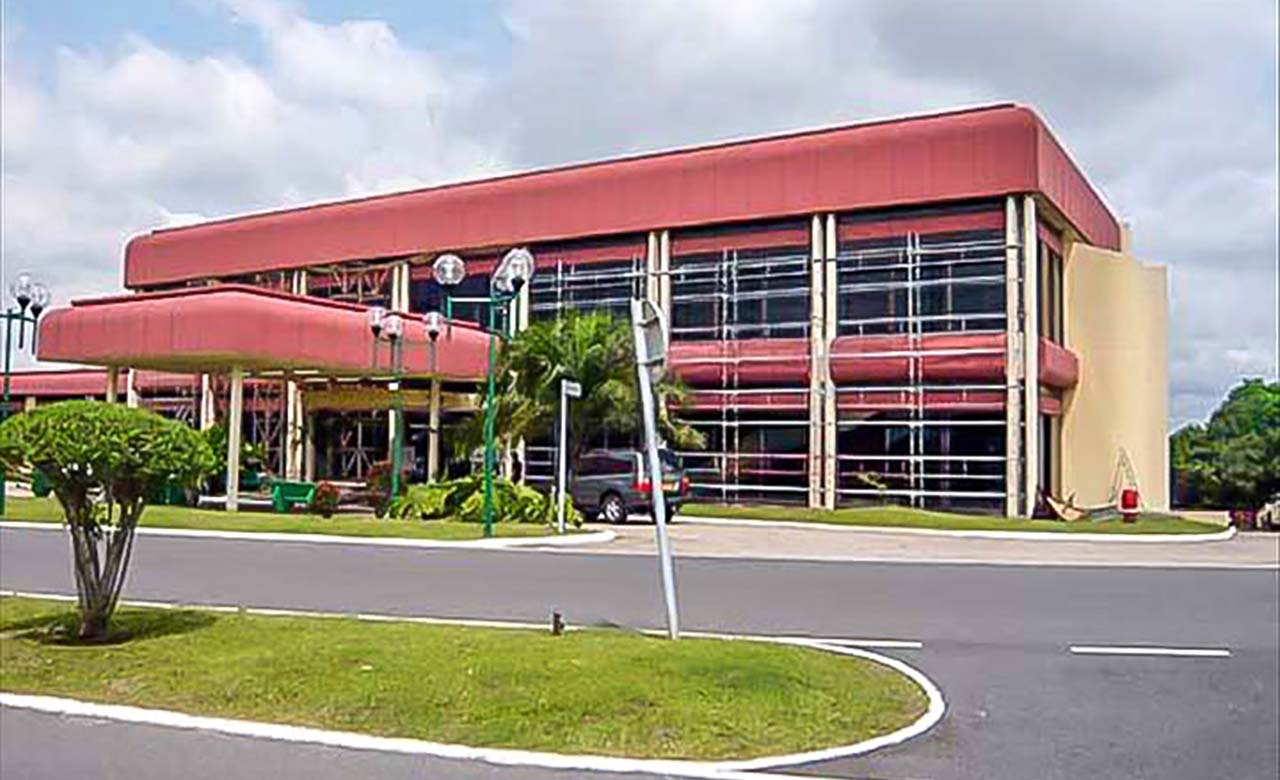
It is located next to the Mont Bouët, having a length of 7.11 kilometers long. It was built in 1977 and initially named “Cité du 12 mars”. This imposing building was formerly intended to host guests of the Organization of African Unity (OAU). The building is composed of residential villas, and numerous conference, shows and banquets rooms. Nowadays, the villas are used partly by companies that house their executives and the showrooms are used by artists when they have their private parties. They are also used to organize major social, economic, cultural and political events.
The Sandy Beach (Plage de la sablière)

It is located in Libreville and is particularly appreciated because despite the beauty of its landscape, it is not crowded and it is surrounded by small restaurants that offer specialties of the region. Large hotel chains are established around the beach and it is actually one of the best and must-see beaches in Gabon.
Tropicana Beach

It is located in Libreville and is a favorite for tourists visiting the city. It is clean, well maintained and beautiful. The atmosphere is at its peak during the weekends, which gives it all its charm and you can play football with young local people. The beach is well known to lovers of walks for its beautiful sunsets, a very impressive sight. Other activities are offered such as swimming, tanning, water skiing, and many others.
The Stele of freedom

It is located in Libreville near the presidential palace. The Stele of freedom is a monument that commemorates the end of the slave trade in 1848. Following the declaration of Schoelcher, 272 slaves made up of men, women and children were released. This wonderful monument is the work of the painter and sculptor Me Minko Minzé. It depicts a slave, half-man and half-woman, freeing herself from her chains.
The Alibandeng Artisanal Village

The Alibandeng Artisanal Village is both a workshop and a shop that showcases the Mbigou stone. The Mbigou Stone is a Gabonese precious stone used in the manufacture of artistic works. It is extracted from the Mbigou Village, which is about 800 kilometers from Libreville. Many of the sculptors of this stone are from this city. Organized in a cooperative, the artisans offer objects carved in the Mbigou stone. They know better than anyone how to highlight it, bring out the grey tone with green or garnet reflections and the know-how is transmitted from generation to generation. Masks, Paintings, sculptures, and many other objects are made and they can reproduce some of their works
of arts on command.
The Albert Schweitzer Museum

The Evengué Island
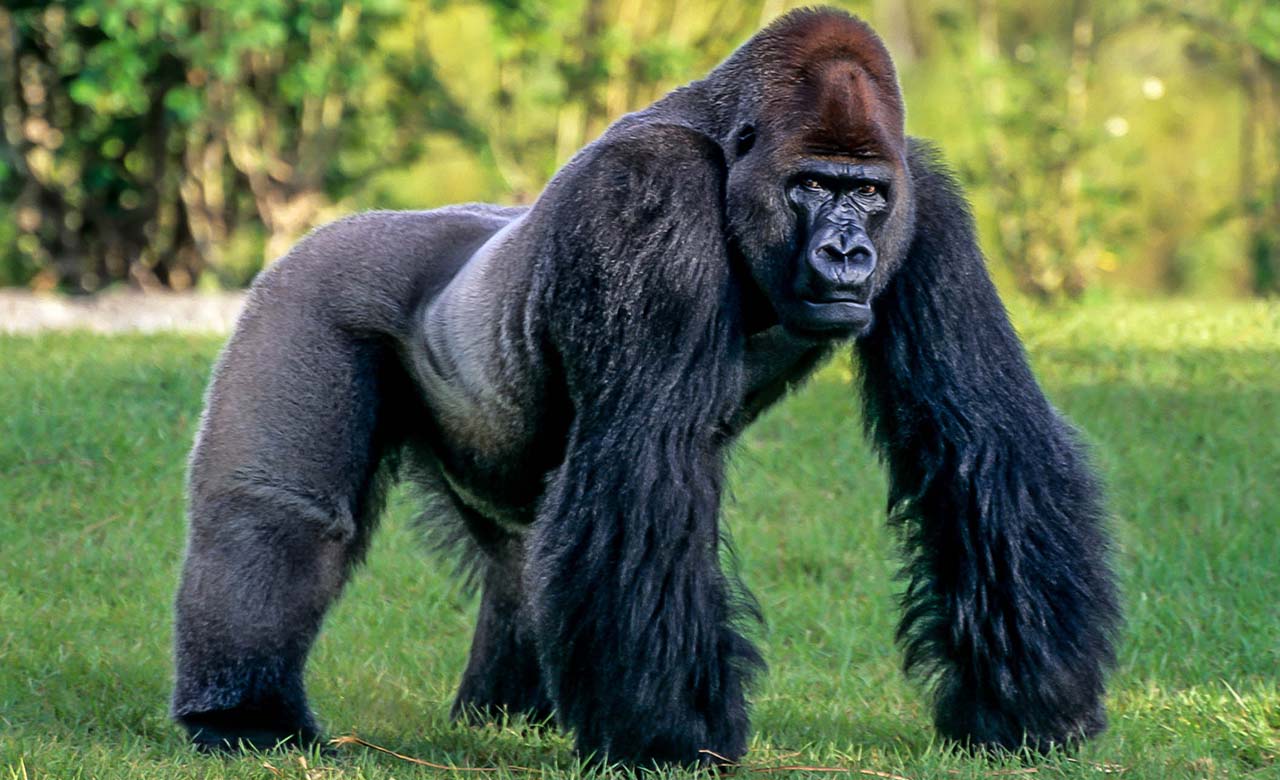
It is located in Omboué, more precisely in the Ogooué-Maritime province. The island is made up of two parts: the small and the big Evengué Island. The small island is home to the “Fernan-Vaz Gorilla Project”, a Gorilla Rehabilitation Center, which aims at saving Gabon’s orphaned gorillas, providing them with shelter, maximum care, rehabilitate and re-introduce them in their natural habitat. The project also has as objective the sensitization of local people, collaboration with local authorities on the enforcement of laws that protect great apes. A visit to the center will generate revenues for the survival and improvement of the living conditions of the animals.
The Minkébé National Park

Located in the northeast part of Gabon, linking the province of Woleu-Ntem and Ogooué-Ivindo, the Minkébé National Park was created in 2012 and covers an area of 800,000 ha. It is totally uninhabited. It is populated by giant trees that can reach 50 meters and some of these trees are several hundred years old. The park is also dominated by large boulders and is the second-largest virgin forest block in the world. It is home to a large number of fauna and flora. There is a large colony of elephants despite the presence of hunters and poachers who slaughter and reduce their population considerably. Several varieties of primates are also present.
The Kongou Falls
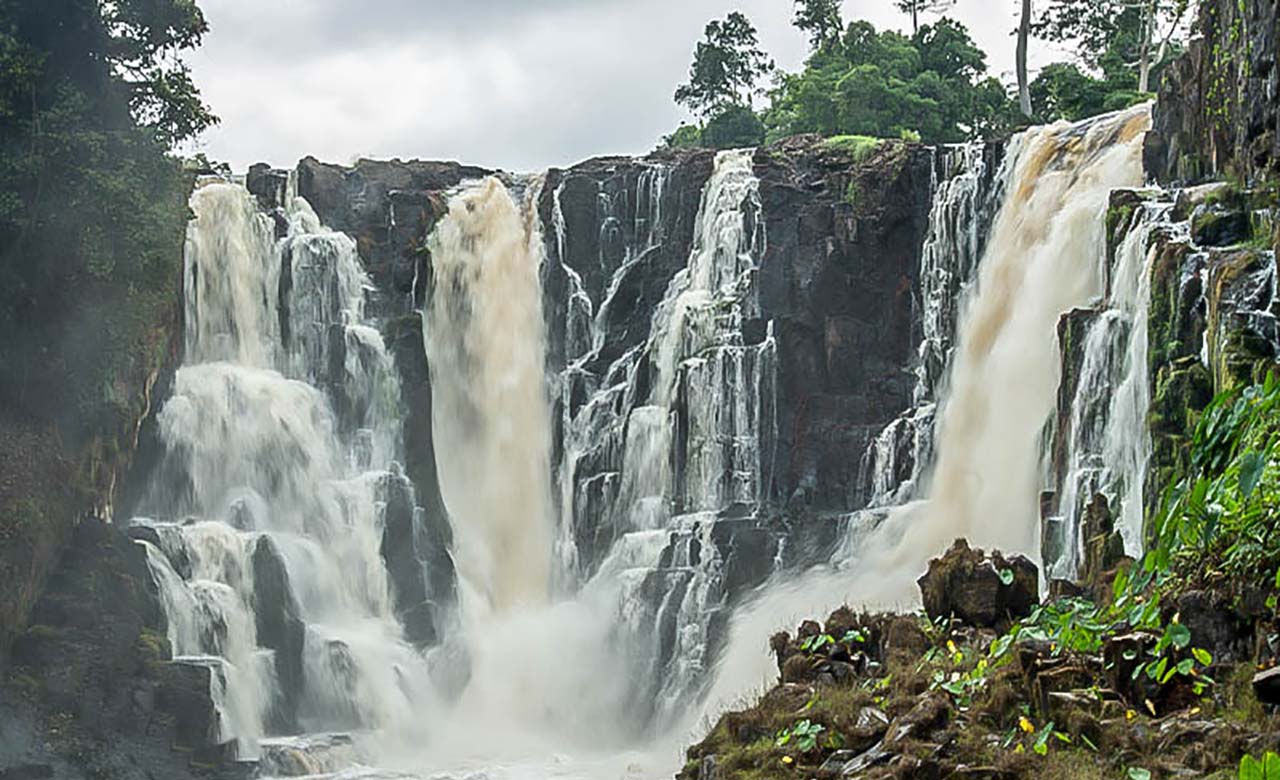
It is located on the downstream of the Ivindo River, in the town of Makokou. The Kongou Falls are accessible by river. They are among the most spectacular falls in Africa. They are spread out over nearly one kilometer and have several gorges. Expert guides will ensure that you have an exceptional trip in your visit of these falls. The falls are surrounded by a forested islet with a wonderful diverse forest landscape. The islets are endowed with a rich and varied flora and fauna. Elephants who come to bathe in the waters of the river, as well as Sitatunga, bush pig and many other animals, can sometimes be observed.
